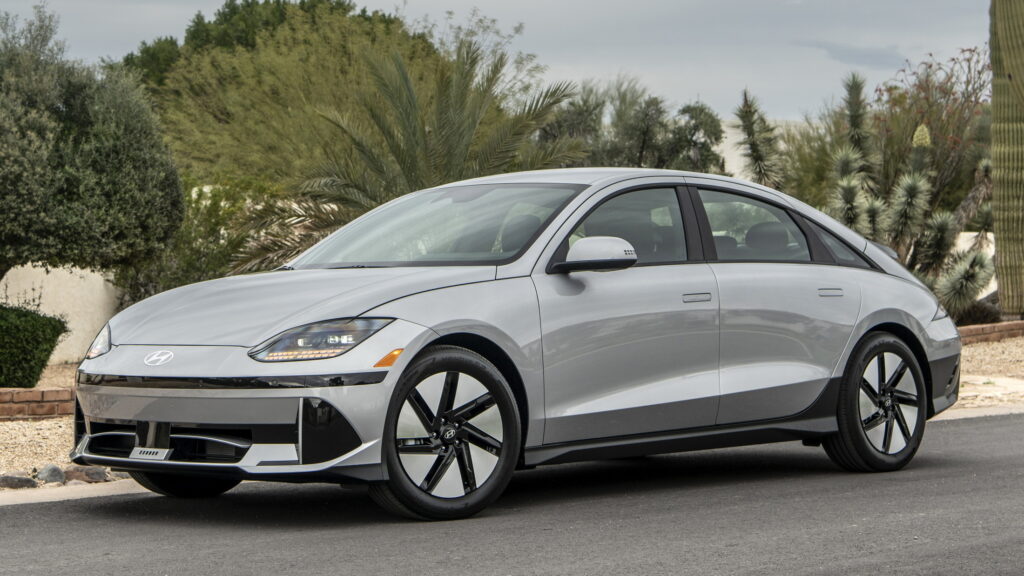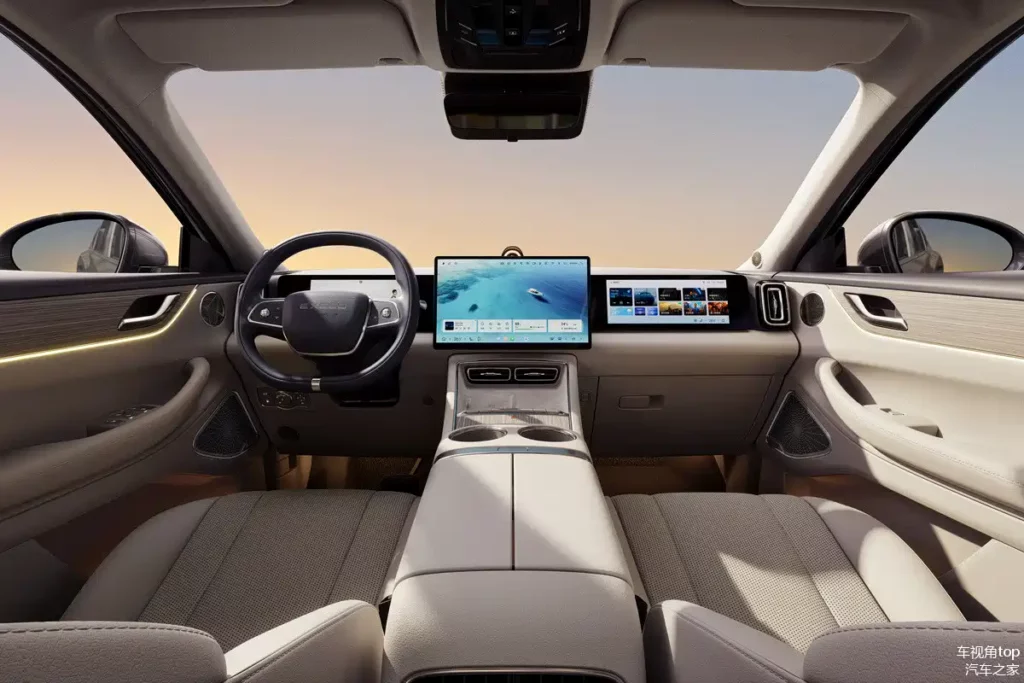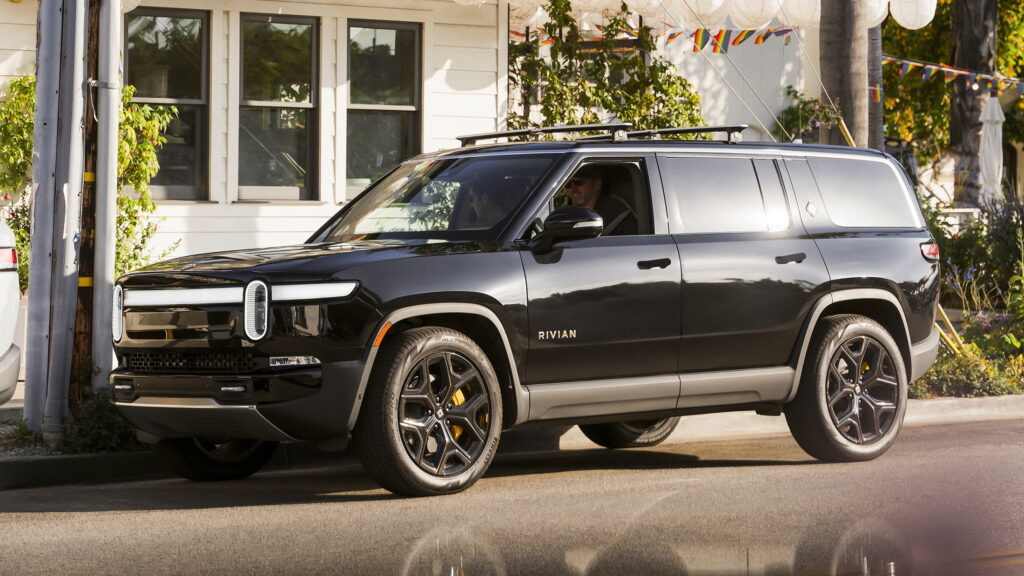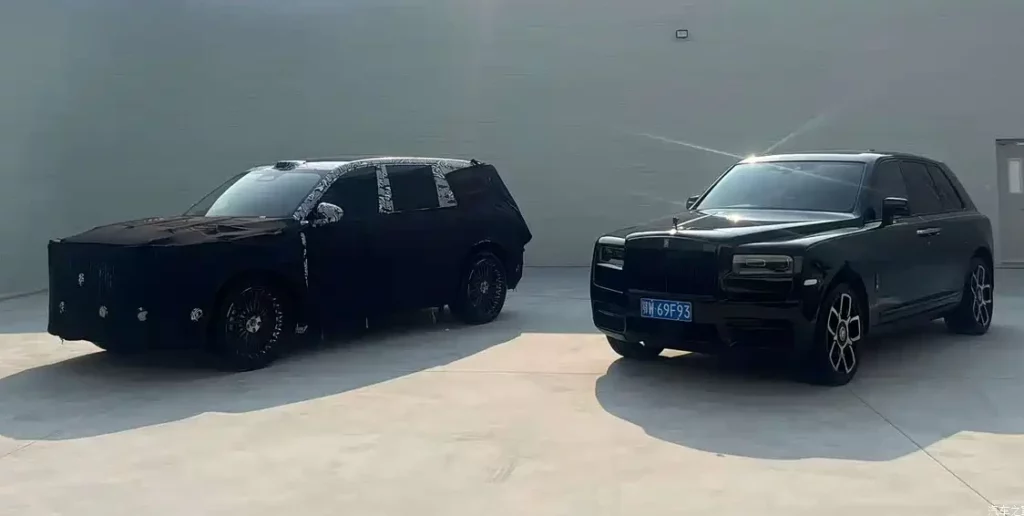Stellantis Built A Concept That You Can Drive On Gran Turismo

- The brand says this concept can hit 62 mph (100 km/h) in as little as 2 seconds.
- Inside there’s a lightweight driver’s seat, racing harnesses, and colorful upholstery.
- Despite having an 82 kWh battery pack, the concept weighs in at just 1,170 kg.
Opel has just lifted the veil on an intriguing concept that it teased last week, though it is not a new high-performance model that consumers will be able to buy. Instead, the one-off Opel Corsa GSE is the latest Vision Gran Turismo creation that’ll be added to Gran Turismo 7 later this year.
Like other Vision GT cars, the Corsa GSE goes far beyond what Opel would actually sell to the public. Regarding the powertrain, it has fitted two 476 hp motors, one at each axle, that deliver a combined 800 hp and allow a 0-62 mph (0-100 km/h) sprint in just 2.0 seconds and a 200 mph (320 km/h) top speed. It has also been imagined with an 80 hp overboost function that can be used for four-second bursts.
Read: Opel Built An Electric SUV That Might Make Hot Hatches Nervous
Providing the motors with their juice is an 82 kWh battery pack. Opel says that the car’s lightweight construction results in it weighing just 1,170 kg (2,579 lbs).
Visually, the Opel Corsa GSE Vision Grand Turismo features bespoke parts which allow it to sit lower and wider than the current Corsa, despite having a similar footprint. Key design details include the flared arches, the latest iteration of the Vizor grille, and the combination of a large rear wing and pronounced diffuser.

The interior is just as radical and includes a lightweight driver’s seat with six-point seatbelts and sensors that alert the driver to other vehicles on the road. If a car enters the car’s blind spot, a warning will appear through the special illuminated fabrics on the dashboard and door inserts.
While this will remain firmly a concept, Opel notes that it serves as a “preview of upcoming GSE models.” The brand recently relaunched its performance sub-brand with the Mokka GSE that pumps out 278 hp and 255 lb-ft (345 Nm) of torque, enough to send the EV to 62 mph (100 km/h) in 5.9 seconds.




































